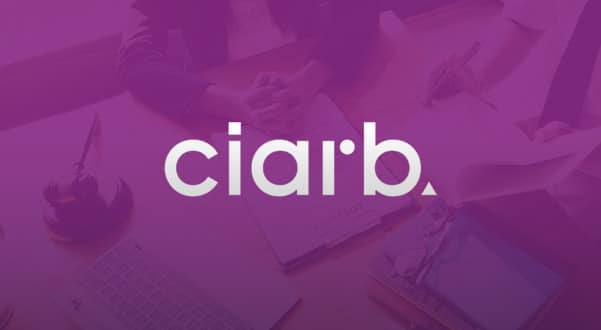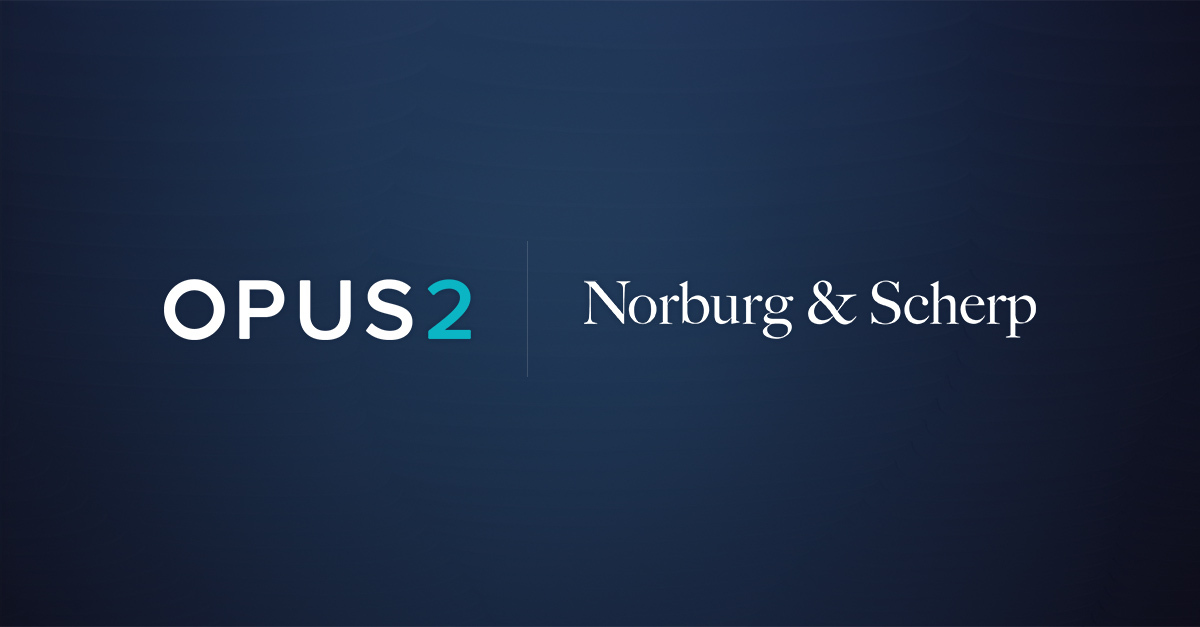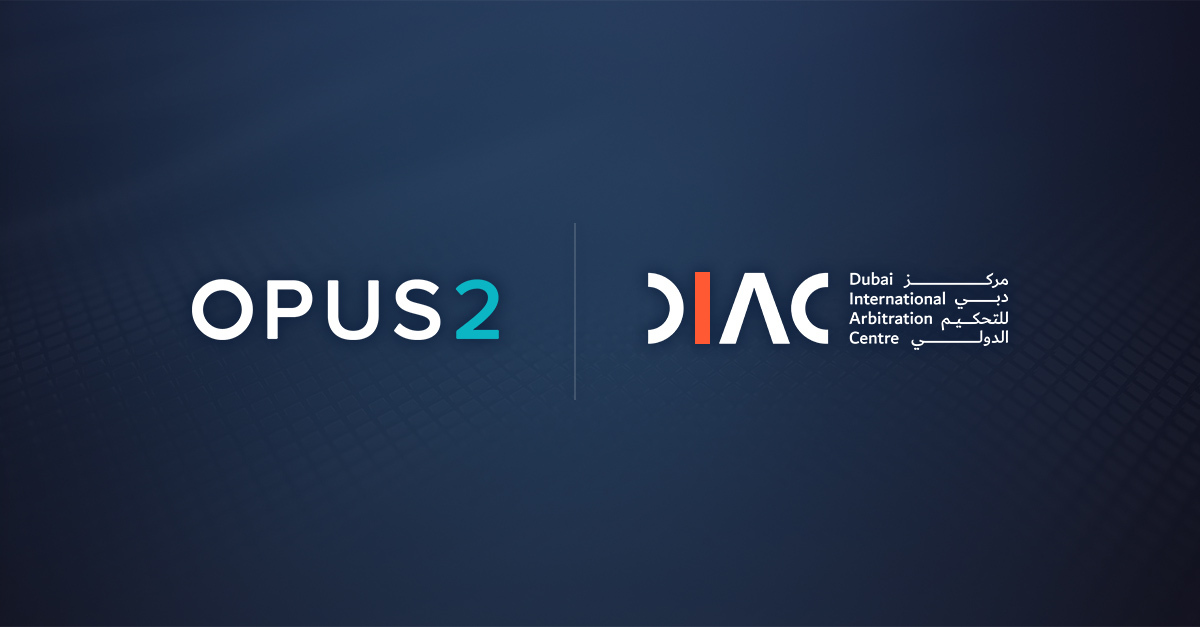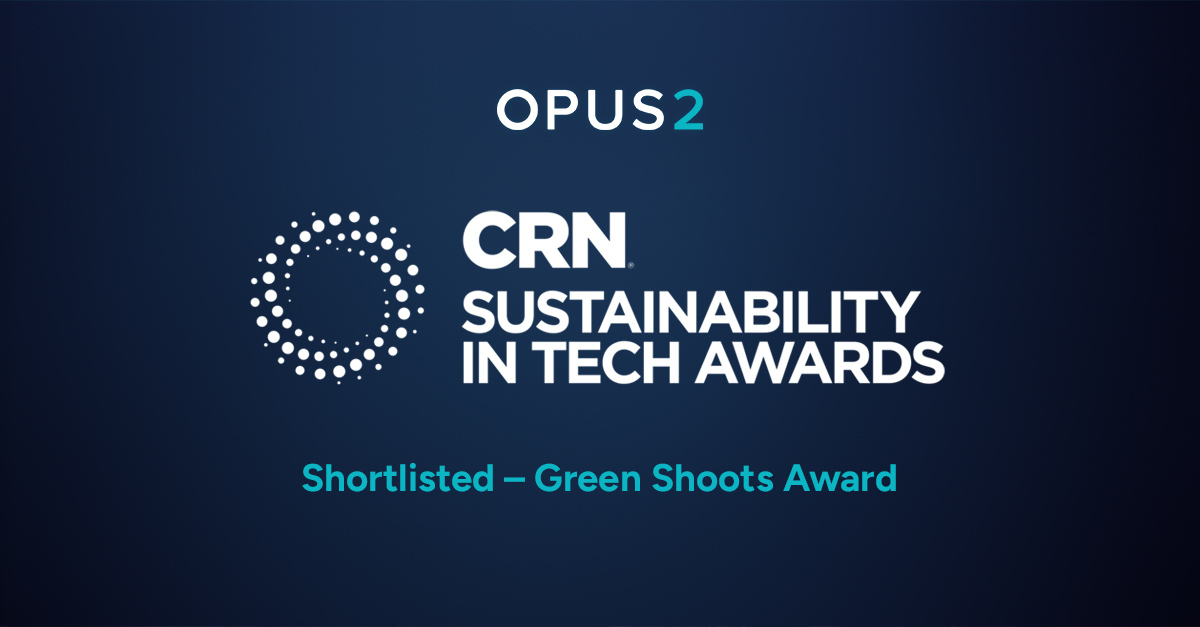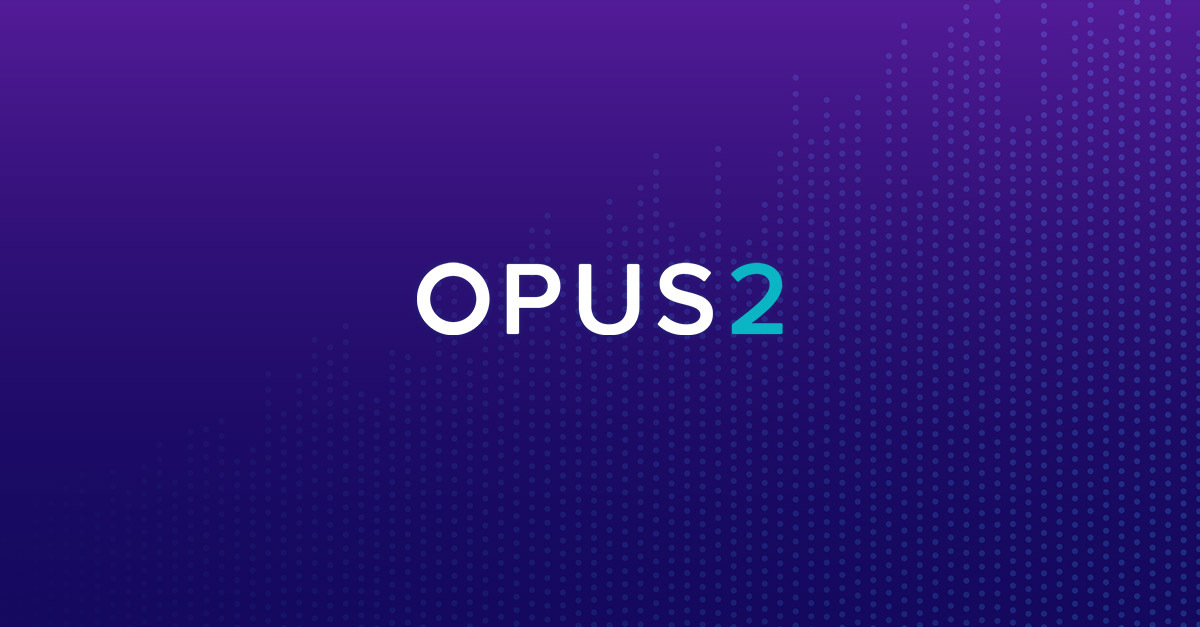Earlier this month, the Chartered Institute of Arbitrators (CIArb) released guidelines on the use of technology in international arbitration.
CIArb is a professional body that represents worldwide arbitration and alternative dispute resolution practitioners. It is an influential voice in arbitration and the guidelines are therefore essential reading.
The guidelines will assist all stakeholders in international arbitration to achieve a more efficient, cost-effective, and environmentally friendly arbitral process. They will also ensure that technology adoption does not compromise the fair and safe conduct of the proceedings.
Good timing
The release of The Framework Guideline on the Use of Technology is timely, addressing the growing adoption of technology in disputes and concerns related to fairness and the safe conduct of the arbitral process.
The guidelines are less prescriptive than other CIArb guidelines. They cover principles that all stakeholders should observe regarding the adoption of technology in the conduct of proceedings, and also specify a set of best practices on cybersecurity issues.
CIArb’s approach goes straight to the point and shows the outstanding quality of the drafting group.
The use of technology in dispute resolution is an evolving matter, with both practitioners and legal tech providers constantly developing. Progress is so fast paced that any attempt to regulate this space too rigidly would quickly render any guidelines obsolete.
Further, institutional rules, applicable laws and particular circumstances of arbitration can determine different ways to deal with this subject by the arbitral tribunal.
Some fine points
The guidelines correctly recognise principles that all arbitral participants should observe, such as the proportionate, fair, and transparent use of technology.
They also establish an interesting distinction between “technologies used by the parties for a common purpose within an arbitration” and “technology used privately by one party.”
While the former would operate under the powers and duties of the arbitrators, the latter would, in principle, fall outside of the tribunal’s supervision, unless the private adoption of a particular technology by one party could affect the rights of other parties, or compromise procedural fairness.
Another fine point of the guidelines is the importance attached to the law of the seat of the arbitration guiding the limits to the use of technology within an arbitration, including, for example, e-signed awards.
Cybersecurity essentials
Finally, the guidelines bring an essential framework for cybersecurity and best practices to be adopted by parties, decision-makers, and all involved in international arbitration.
Data management, strong passwords, encryption, and multi-factor authentication or single sign-on are crucial elements to preserve the online dispute environment and ensure only authorised people access information and documents.
This is relevant not only to international arbitration, but to any form of dispute resolution, including litigation.
Further, the practical guidance regarding the use of public internet, access to devices, and recognition of phishing emails inform the behaviour of new adopters while reminding the tech-savvy out there that we should never let our guards down.
Can we help?
Please get in touch if you have any questions about anything mentioned in this article or if you would like to know more about any of our services and solutions.

